
Last weekend, a quite long and learned article in The Times aimed to cut through the health confusion. Which apparently ‘healthier’ choices are actually any good for us in the round?
The author, Federica Amati, was highly credible and well informed: she is head of nutrition at both Imperial College London and Zoe, leading the way in analysing which foods work well with the human metabolism. Not on a lab bench, nor a theoretical body, but inside a huge cohort of individual bodies.
As usual when facts take on assumptions, many of the conclusions appeared counter-intuitive. Low-fat yoghurt or cheese? No thanks. All-Bran? Sorry. Weetabix? Go right ahead. Pork sausages and bacon out, tinned sardines very much in. But the clearest takeaway is that, as a nation, we need to radically reframe how we define ‘healthy’. Under the current scheme, a can of original Coke gets three “green lights”. Enough said.
Given the state of the current debate, naturally the concept of the UPF featured throughout the article. It’s right there in the headline: ‘The ultra-processed food Britain’s top nutritionist avoids’. Less obvious to the casual reader are the UPFs of which she wholeheartedly approves. Take bread.
The sliced, wrapped loaf is the UK’s most prevalent UPF, made at vast scale on industrial-sized machines, full of ingredients you don’t find in home-made sourdough. As you’d expect, many mass-market loaves with a ‘health-lite’ proposition featured on the ‘no’ side of the fence. Not all of them, though.
Among her five recommended loaves sat one that meets the technical definition of a UPF: Superloaf. We should know – we designed it that way. An earnest pumpernickel is all very well, but most people just want bread that makes great toast and sandwiches the whole family will eat.
A loaf that tastes familiar, with a light crumb and satisfying feel. That’s what we set out to create. We also set out to make it nutrient-dense, with an overwhelmingly positive nutritional profile making it actively good for you in itself, not just as a carrier for fillings.
To see it chosen among the obviously healthy choices is an enormous vote of confidence in our driving ethos: it’s not that you process, it’s what you process, and with what motive. Our motive is to re-establish the UK as a beacon of enlightened action on public health.
Our founder Melissa Sharp once sat in an NHS chemo ward, despairing at the food on offer. She vowed that if she came through treatment, she’d devote herself to making a difference to the food the country chooses – not in the health-conscious margins, but in the mainstream. The food normal people eat a whole lot of. The food that has to be produced fast, in a way that keeps well, in a familiar format that’s easy to use.
It became clear that to succeed at scale, we had to target the 65% of calories that come from UPFs. Critically, it became equally clear this category did not have to mean ‘bad for you’.
Melissa began with the UK’s favourite UPF, sliced bread. Much research later, funded by successive UK government grants and partnerships with UK universities, Superloaf began appearing on supermarket shelves last year. At launch, The Grocer had the foresight to describe Superloaf as “the world’s first healthy UPF”. At the time, the concept seemed oxymoronic. It’s now established as the obvious way forward.
The old joke has the farmer, asked for directions by a lost motorist, replying: “Well, I wouldn’t start from here.” We looked at where we found ourselves, and started from there.


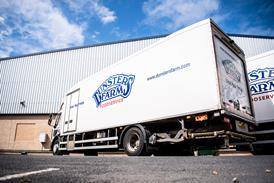
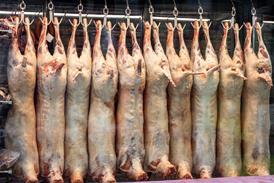
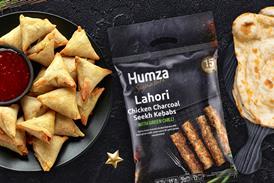
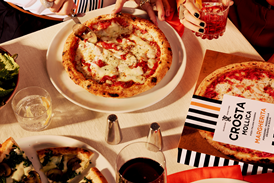


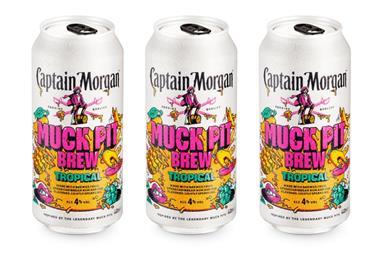


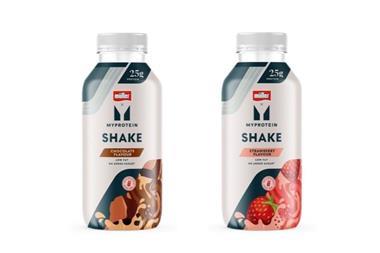







No comments yet